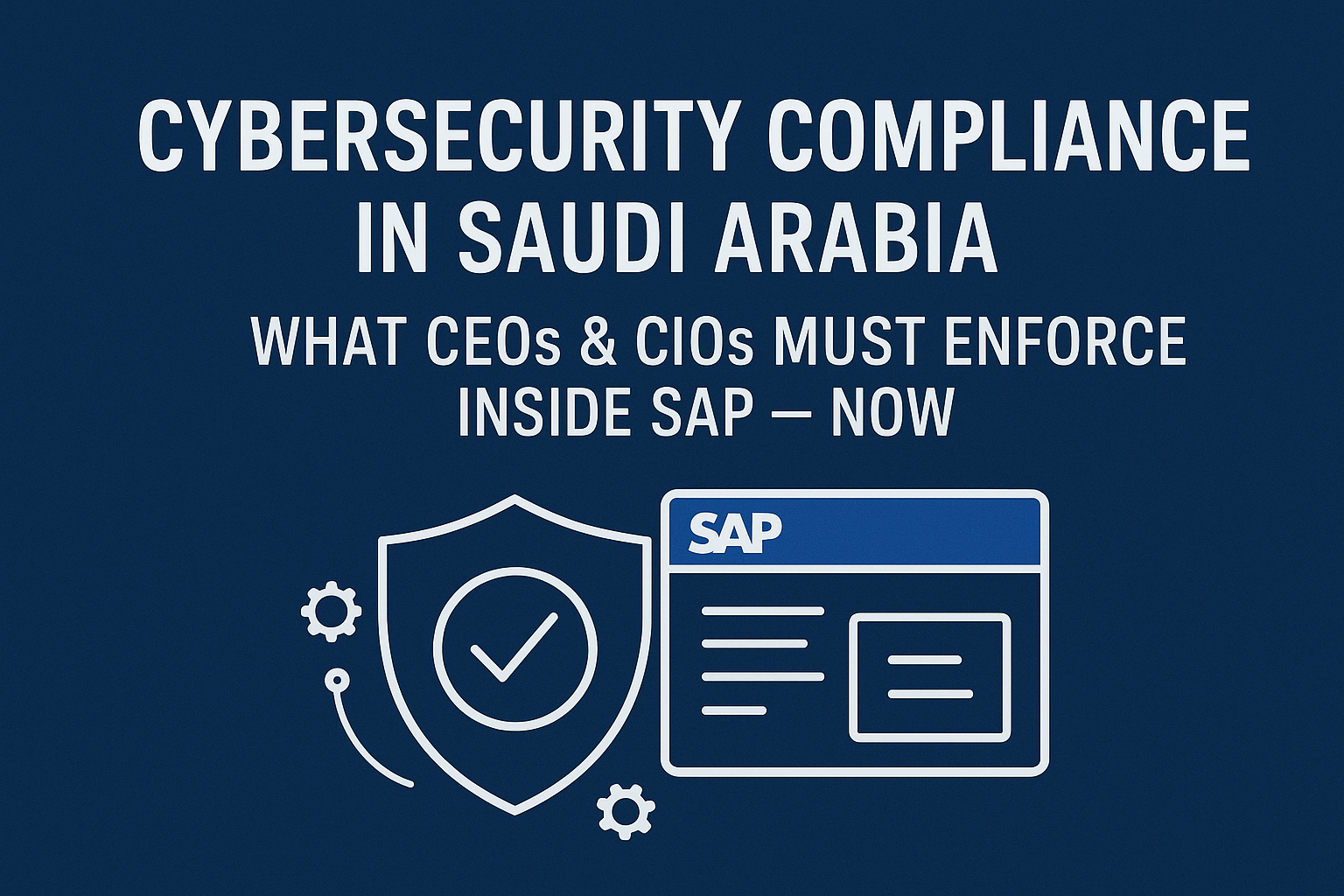Access control forms the backbone of data security in the digital age. Without carefully implemented authorization management, even the most advanced systems face vulnerabilities. For businesses of all sizes, keeping sensitive information out of the wrong hands is a daily challenge. Companies need effective strategies to ensure their employees and partners access only the data necessary for their roles. Success in access management can shape the reliability, reputation and legal compliance of any organization operating in today’s technology-heavy environments.
The Importance of Access Control in Modern Enterprises
Access control systems protect vital assets and intellectual property. Threats from both outside and within an organization target corporate data every day. Employees often require sensitive information to perform their duties. Making sure every access attempt is valid helps prevent accidental or malicious breaches. Regulatory requirements like GDPR, SOX and ISO 27001 add pressure to establish strict security controls. Good access control keeps businesses safe and compliant in fast-paced business environments, ensuring regulatory audits will not reveal vulnerabilities or weaknesses.
Implications of Ineffective Access Control
When organizations fail to implement strong authorization, they create dangerous gaps. These gaps can lead to data leaks, financial loss and damaged reputations. Even a single oversight in permissions may expose entire databases to attacks. Inadequate systems also make regulatory compliance difficult, leading to fines and legal trouble. Recognizing these risks motivates many firms to invest in robust solutions and best practices for access management. Proactive strategies always outweigh the cost of reacting after incidents occur.
Principles of Effective Authorization Management
Smart access control revolves around clear policies and consistent enforcement. Each user should have permission only for the resources needed for their job. The principle of least privilege (PoLP) protects sensitive data by refusing unnecessary access. Policies should cover both human users and automated system accounts. Well-documented procedures prevent confusion during audits or personnel changes. Strong monitoring ensures any improper or outdated permissions are quickly corrected before they present real risk.
Implementing Role-Based Access Control (RBAC)
Role-based access control grants system permissions based on job function rather than individual identity. RBAC streamlines administration by grouping access rights together. This model minimizes mistakes and speeds up onboarding for new employees. It also simplifies user management through transitions or restructuring. RBAC integrates well with other access management principles and tools, allowing flexible yet secure control for firms of any scale. Regularly reviewing and updating roles ensures they always match business realities.
Identity and Access Management (IAM): Key to Modern Security
Identity and Access Management (IAM) platforms unite policies, technology and processes for user authentication and authorization. IAM solutions offer a single place to create, adjust and audit permissions. Implementation and operation of IAM can protect organizations from password-related threats, automate routine access tasks and increase visibility into user behavior. With IAM in place, access to sensitive information stays tightly controlled and logged, which is essential for regulatory reviews and security investigations.
Benefits of Integrated IAM Solutions
Bringing IAM solutions to an enterprise does more than centralize control. Automation cuts down on manual errors, making consistent enforcement possible across departments and geographic locations. Self-service options also empower users to request or gain access efficiently, relieving the burden on IT support staff. Companies that run IAM systems prepare better for audits, employee transitions and unexpected security challenges. Visibility and control increase across the entire organization, supporting both compliance and productivity goals.
Crafting Authorization Concepts for S/4HANA Environments
Modern businesses increasingly rely on SAP S/4HANA to manage critical operations. Each segment of the market, whether small, mid-sized or large, requires tailored authorization concepts. Matching authorization design to specific organizational size and complexity provides both efficiency and security. When designing an Authorization Concept for S/4HANA Small-Market, simplicity and clarity take priority. Resources are often limited, so a streamlined approach helps reduce overhead.
Authorization Concepts for the Small-Market
Smaller organizations benefit from a straightforward structure. They can often manage with a limited number of well-defined roles. Authorization should support the company’s workflows without introducing confusion for end-users or IT staff. Setting up clear segregation between finance, operations and administration helps contain risks. Definitions should be easy to explain and adapt when staff or business models change. Simple processes also reduce training time and the chance of misconfiguration.
Authorization Concepts for the Mid-Market
Mid-sized enterprises face a different set of challenges. Growth may increase the number of users and types of data handled. Here, Authorization Concept for S/4HANA Mid-Market needs to address this complexity. Granular permissions should reflect different departments, project teams and partner relationships. Flexible role management ensures that people only gain access to what they need, even as their work evolves. Mid-market organizations benefit from flexible documentation and periodic reviews to keep pace with business growth or regulatory change.
Authorization Concepts for the Enterprise-Market
Large companies have unique access control requirements. Authorization Concept for S/4HANA Enterprise-Market includes additional measures for regulatory compliance, global operations and detailed segregation of duties. Beyond RBAC, enterprise environments use attribute-based policies, context-aware controls and multi-factor authentication. These features enable precise control across large user populations and complex workflows. In this setting, robust monitoring and regular testing become more important, along with advanced reporting and integration with security operations centers.
Governance, Risk and Compliance (GRC) Solutions for Authorization
Access control is not only about granting rights but also involves maintaining oversight and responding to threats. Implementation of GRC Solution links authorization management with broader risk considerations. Effective GRC management means continuous monitoring, automatic detection of risky behaviors and rapid adjustments to policies. GRC solutions integrate access logs, alerts and control frameworks to support business continuity and long-term compliance.
Building GRC Into Access Management Workflows
Embedding GRC tools in authorization processes offers real benefits. Automated risk analysis uncovers policy violations or anomalous access patterns quickly. Regular risk assessments can guide system improvements and help meet both internal and external audit requirements. With built-in controls for regulations like GDPR, SOX and ISO 27001, GRC solutions keep the organization on track and prepared for evolving compliance needs. Integrating these practices into daily workflows strengthens the whole system.
Best practices for Authorization Management
Applying best practices to access management sharpens security and improves efficiency. Start by documenting all roles and permissions. Maintain an updated inventory of who has access to what, and why. Automate reviews of permissions to catch issues sooner. Segment duties so no one user can fully control a critical process from end to end. Use strong authentication methods everywhere to reduce the chances of stolen credentials leading to breaches.
Lifecycle Management of Roles and Permissions
Each role and its permissions should have a defined lifecycle. When an employee changes responsibilities or leaves the company, update or revoke access immediately. Routine audits of both roles and accounts help eliminate outdated or unnecessary privileges. Automation tools help track these changes, ensuring consistency and saving staff time. Life-cycle management not only reduces risks but also supports business agility and operational continuity.
Separation of Duties and Least Privilege
Separation of duties stands at the center of healthy access control systems. By splitting responsibilities among multiple individuals, companies can detect and prevent fraud or errors more effectively. The principle of least privilege further limits potential damage from accidents or malicious actions. Together, these principles reduce opportunities for abuse, reinforce trust across departments and position the organization for repeatable compliance success.
Addressing Regulatory Compliance Through Strong Access Controls
Compliance standards shape industry security expectations. Regulations require detailed documentation, risk reduction measures and responsive audit procedures. GDPR, SOX and ISO 27001 all focus on tight controls and transparency for data access. Strong access management systems make meeting these requirements more manageable. Integrating regulatory demands into authorization concepts from the start limits frantic project work near audit deadlines and reduces legal exposure.
Key Compliance Challenges in SAP Environments
Regulated organizations face unique pressures. Auditors expect to see evidence of controls applied to every user, system and workflow. Legacy systems often lack clear documentation or flexibility. Introducing new GRC and IAM platforms can smooth this process. Careful mapping of business processes to access policies means standards stay current and all activities remain traceable. Regular training for staff supports compliance as rules and business needs change over time.
Managing S/4HANA Migrations While Maintaining Security
Migrating to S/4HANA brings opportunities but also significant risks to existing access structures. Careful planning ensures that authorizations remain correct and secure throughout the transition period. Role definitions may need revision, and new modules could introduce unforeseen complexities. Pre-migration audits help identify outdated accounts or permission gaps, reducing surprises down the line. Post-migration validation verifies that user access aligns with both business goals and compliance policies.
Simplifying Role Adjustments During Migration
Role optimization during migration prevents confusion and orphaned accounts. Automating the process can streamline transitions by comparing current access profiles with future requirements in S/4HANA. Stakeholder input ensures that privilege adjustments align with actual user tasks. Migrating only the necessary roles and permissions helps avoid transferring old problems into new systems. Planning for ongoing reviews and documentation creates a stable foundation for long-term security in the new environment.
Proactive Maintenance: Beyond Access Reviews
Periodic access reviews, while important, are only one part of lasting access security. Proactive maintenance ensures defenses keep up with changes in personnel, business focus or regulatory frameworks. Automated tools monitor for new risks and alert staff to potential issues. Regular updates to authorization concepts, in response to business or technology changes, help preserve system integrity. Providing education for staff about security best practices strengthens the entire program and improves risk awareness across the company.
The Role of Training and Policy Communication
Even the strongest controls depend on user awareness. Training programs help staff understand not just the mechanics, but also the importance of proper permissions. Clear policies, accessible documentation and repeated reminders reinforce expectations. Communication channels for reporting mistakes or security concerns promote a culture of safety and continuous improvement. Underpinning technical controls with informed users leads to stronger compliance and more resilient operations, protecting valuable assets from both simple mistakes and sophisticated threats.
Continuous Improvement: Auditing and Adapting
Technology, threats and business goals never stand still. Effective access management requires regular assessment and adaptation. Schedule audits throughout the year to verify permissions, check for policy violations or discover new risks. Use audit results to improve policies, update training or invest in new technical solutions. Encourage feedback from frontline staff who interact with access systems daily, incorporating real-world insights into each update. This cycle of review and improvement keeps authorization management practices aligned with both regulatory requirements and the ongoing needs of the business.
Ensuring Long-Term Access Integrity
Sustained integrity demands a combination of policy, technology and human vigilance. Select solutions that offer detailed auditing and easy-to-understand reporting for both business and technical audiences. Track incidents, analyze trends and share findings with relevant stakeholders. Aim for a balanced approach that supports business operations without introducing unnecessary complexity or slowing down legitimate work. Over time, ongoing attention to access control strengthens the entire organization’s ability to manage risks, respond to change and seize new opportunities safely.





